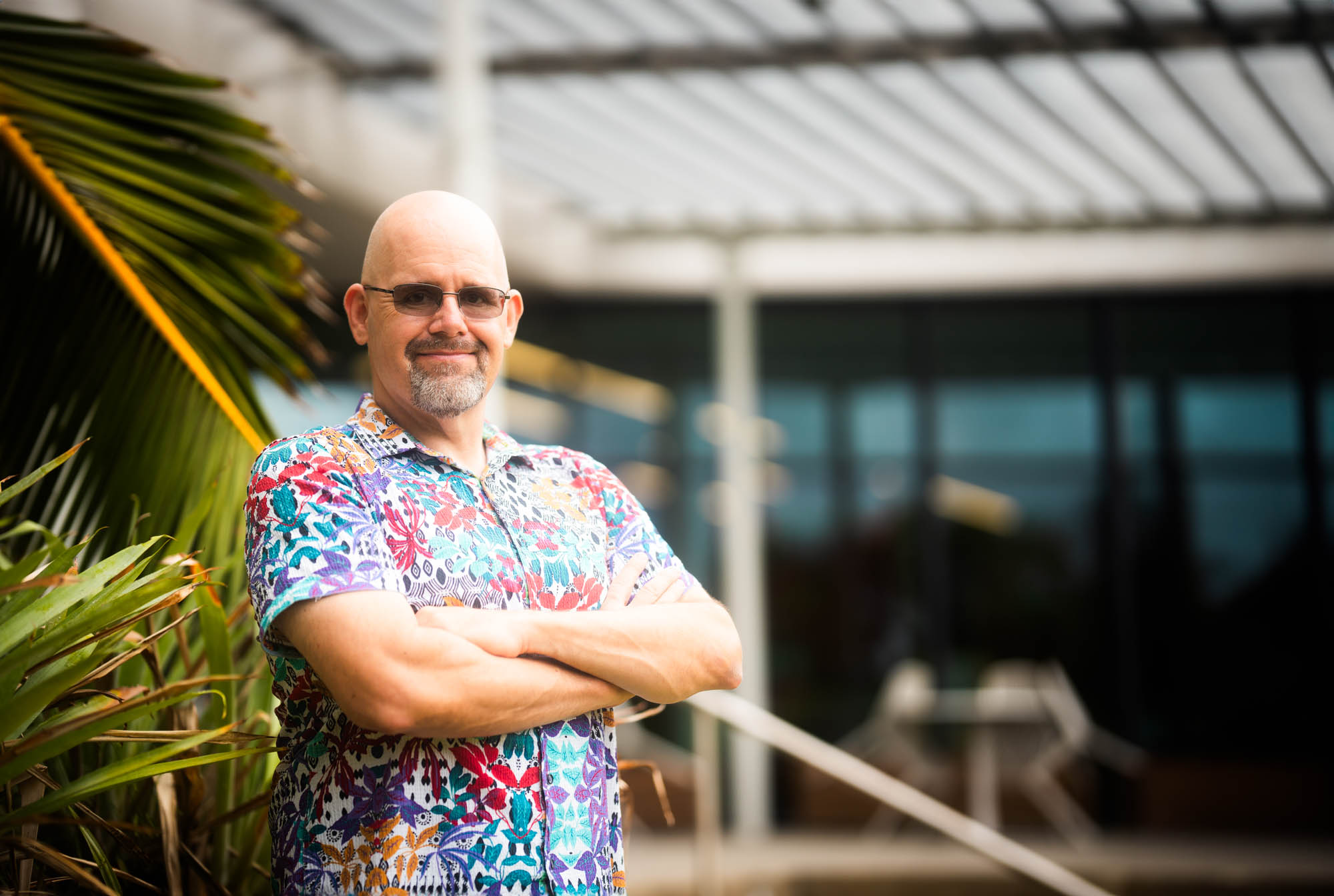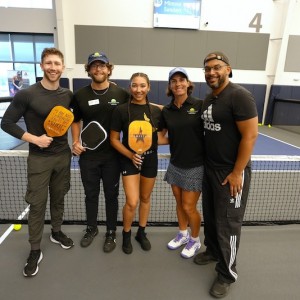Artificial Intelligence Transforms the Creative Writing Process
These days, there seems to be no bigger topic of discussion than Artificial Intelligence or AI. From writing college students’ papers for them to creating entire worlds and characters based on human input, there seems to be no limit on what it can do. It’s impressive, breathtaking and most of all…a little scary. In a world where AI is becoming exponentially more advanced with each passing week, are we marching toward a doomsday scenario? Did everybody just forget about Terminator? How can we, as a society, not only keep tabs on AI but also use it to better harness our own creativity? Fortunately, Rick Dakan, author, game designer and professor of creative writing at The Ringling College of Art and Design is answering these questions in his upcoming course, Creative Writing with AI. “I’ve been following the growth of AI and playing with tools like Chat GPT since August of 2022 and it’s impossible not to see the potential of it,” says Dakan. “It’s become more and more evident that AI is going to transform writing and writing careers and we have a responsibility as writers and educators to be on top of it.” So how is Artificial Intelligence going to revolutionize writing? Dakan, who is also a member of The Ringling College’s AI Advisory Board, surmises that AI intersects with writing in three main ways. The first and most basic, is the kind of writing that AI can do for you on its own. “AI is really helpful for any kind of formulaic or really short form writing–think crafting a business email or a social media post–something where you can plug in specific points that you want to make and ask it to craft grammatically correct, easy to read sentences,” says Dakan. “AI is also great for giving it a lot of text and asking it to summarize something–the flip side of which is giving it nine bullet points and asking it to create a statement.”
The second way AI can impact writing is when it’s used as your collaborator. Dakan, a novelist, has used AI to help drum up potential story ideas. “This is really where AI’s widest range of use seems to be. When trying to come up with story ideas, I asked it ‘these are all the things that I’m interested in, pitch me 10 stories that incorporate these topics’ and after a couple of rounds, we finally found one that I liked and were able to dig into it together and explore it more deeply,” says Dakan. “Combining things I knew and things it told me, I was ultimately able to come up with a pretty good idea for a novel and even some different ways to outline the story as well.” Finally, there’s the type of writing that can only be done with AI. “In particular, I use a tool called Inworld AI, which creates interactive chatbots based on characters that you’ve created and through AI, allows you to have a natural language conversation with the character,” says Dakan. “I’ve used this in a number of classes with my students. We’re having unscripted conversations with the characters we’ve created – it’s a whole new frontier of creative writing.”











